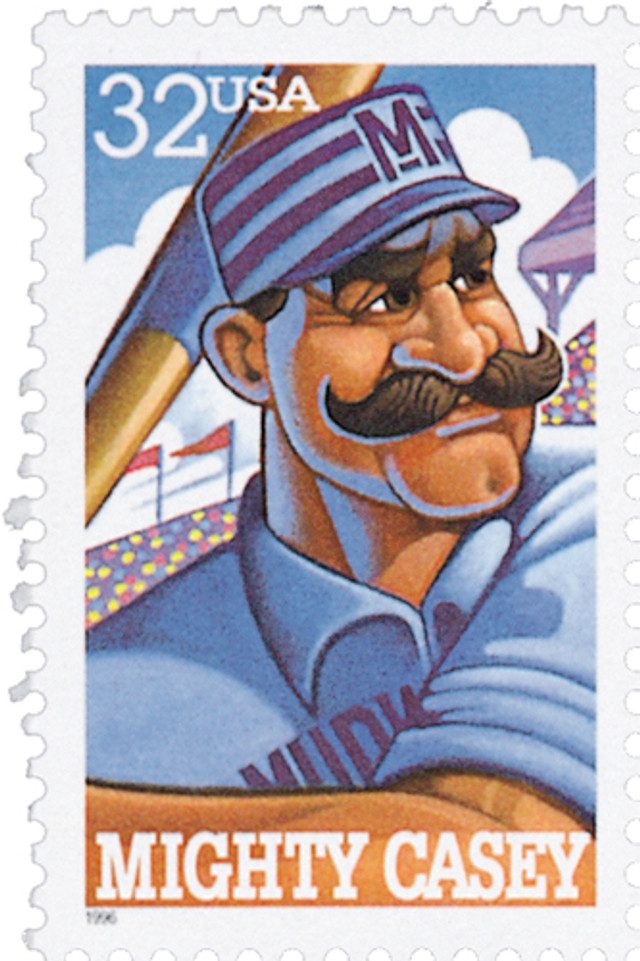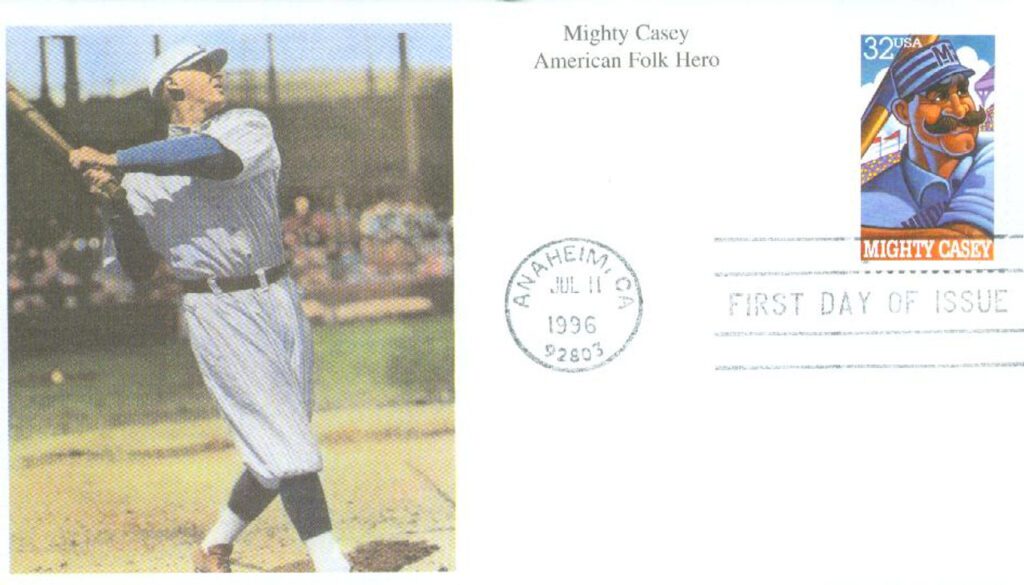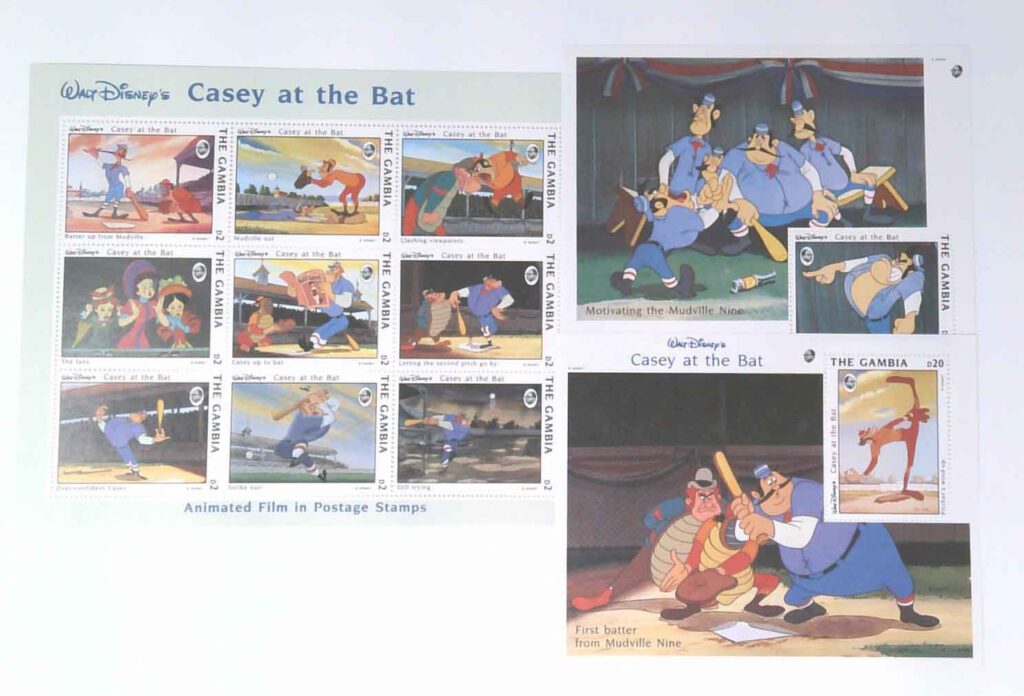On June 3, 1888, the now-famous poem “Casey at the Bat” was first published in the San Francisco Daily Examiner.
Ernest Lawrence Thayer wrote “Casey at the Bat.” Born in Lawrence, Massachusetts, in 1863, Thayer earned a degree in philosophy from Harvard University before accepting a job offer from his friend, William Randolph Hearst, to work as the humor columnist for the Daily Examiner in 1886.
Over the next two years Thayer wrote for a variety of the paper’s sections, including advertisements and editorials. But it would be his last piece for the paper that would make him famous. He published “Casey at the Bat: A Ballad of the Republic, Sung in the Year 1888” on June 3, 1888, under the pseudonym “Phin” as he had all his other works for the paper. Phin was based on his college nickname, Phinney.
The poem went relatively unnoticed for a couple months until actor De Wolf Hopper staged the first public performance on August 14, 1888. It soon became the most famous baseball poem ever and Hopper would go on to recite the poem 10,000 (some sources say up to 40,000) times during his lifetime.
Over the years, there’s been lots of speculation over which player and team may have served as inspiration for the poem. Two towns have claimed to be the models for Mudville – Stockton, California, and Holliston, Massachusetts. Holliston had a neighborhood known as Mudville and was close to where Thayer had grown up in Worcester, Massachusetts. Stockton had been known as Mudville before it was incorporated in 1850, and Thayer had reportedly covered some of the Stockton Ports games. They even changed the team name to the Mudville Nine in 1902 based on the poem’s popularity.
For the name of his hero, Thayer selected “Casey” after his friend, Daniel H. Casey. While Thayer insisted Casey wasn’t based on a single player, many believe he was at least in part inspired by Mike “King” Kelly. Thayer had worked as a baseball reporter for Kelly’s team’s exhibition games between the 1887 to 1888 off-season. Some of his language referring to Kelly’s at-bats was even similar to how he wrote about Casey. When the poem was reprinted in the New York Sporting Times a month after it’s first printing, the title was changed to “Kelly at the Bat,” and the team changed from Mudville to Boston. Others have speculated that Thayer based the character on his best friend, Samuel Winslow, who played baseball at Harvard.
“Casey at the Bat” was eventually made into a silent film in 1927 and a Disney animated short in 1946.
Click here to read the full text of the poem.
| FREE printable This Day in History album pages Download a PDF of today’s article. Get a binder or other supplies to create your This Day in History album. |
Discover what else happened on This Day in History.





